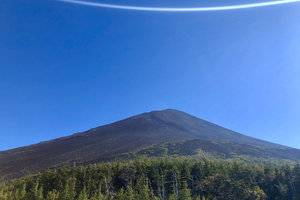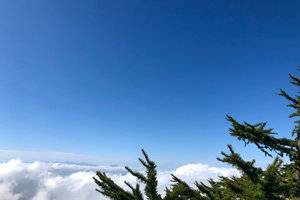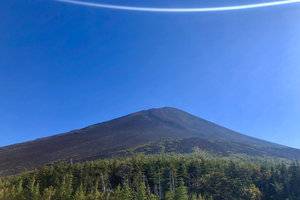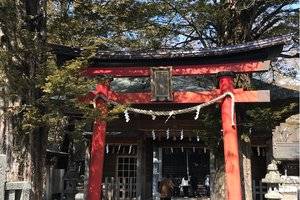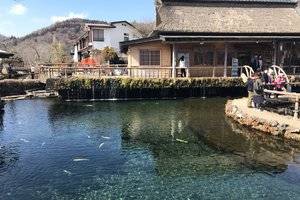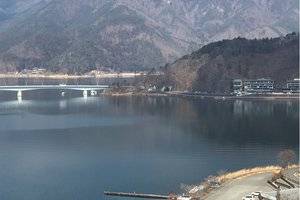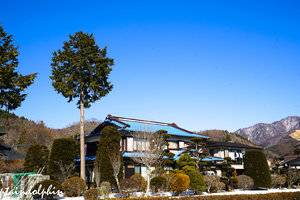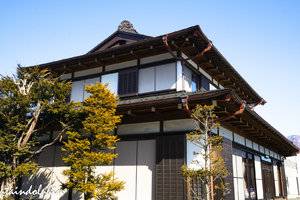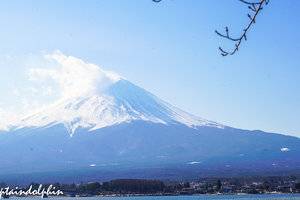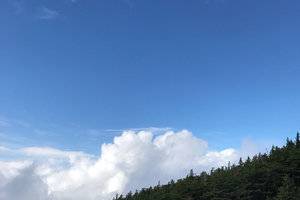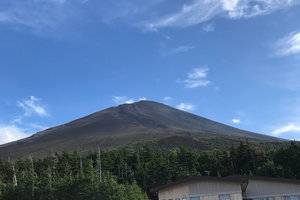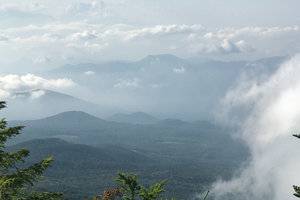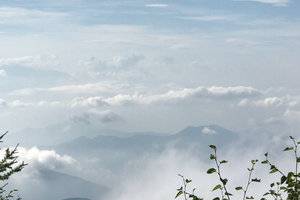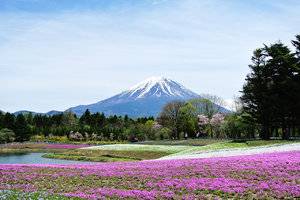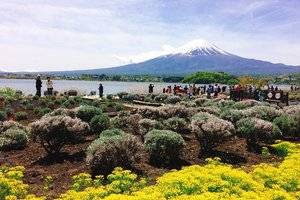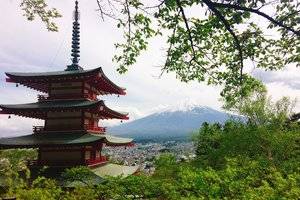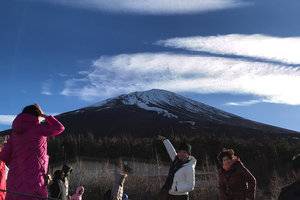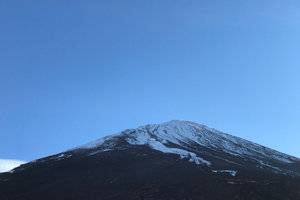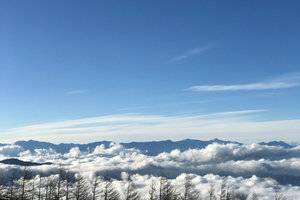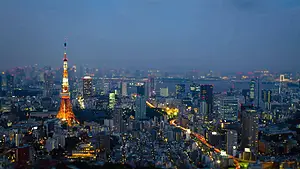Mt Fuji, A sacred peak, a symbol of natural beauty
Located about 80 kilometers southwest of Tokyo
4.6
Introduction
Mount Fuji is one of the largest active volcanoes in the world, with an elevation of 3,776 meters, located 80 kilometers from Tokyo in central southern Honshu, Japan. The mountain has been dormant since its last eruption in 1707 and is considered a sacred site by the Japanese people. The two volcanic craters at the summit have formed two beautiful volcanic lakes, while various types of caves created by volcanic eruptions can still be found at the foot of the mountain, some of which are still emitting gas. The two religious sites at the summit, the Kitaguchi Hongu Fuji Sengen Shrine and Asama Shrine, have become the main attractions of the Fuji-Hakone-Izu National Park. The northern foothills of Mount Fuji are home to the beautiful Fuji Five Lakes, with Lake Kawaguchi being one of the places where the reflection of Mount Fuji can be admired, being hailed as one of the wonders of Mount Fuji. Meanwhile, the village of Oshino is famous for its "Oshino Eight Ponds," which are connected to Lake Yamanakako. The southern foothills are a vast plateau pasture, where lush greenery and flocks of sheep and horses can be seen. In summer, camping, swimming, and fishing are popular activities, while winter is a great time for skiing and ice-skating. Legend has it that bathing in the volcanic lake at the top of Mount Fuji can ward off disasters and misfortunes. Address Located about 80 kilometers southwest of Tokyo
Transportation Take the JR Chuo Line from Shinjuku Station in Tokyo to Otsuki Station, then transfer to the Fujikyu Railway and get off at Fujiyoshida Station.
 The temperature difference between the top and bottom of the mountain is particularly large
The temperature difference between the top and bottom of the mountain is particularly large